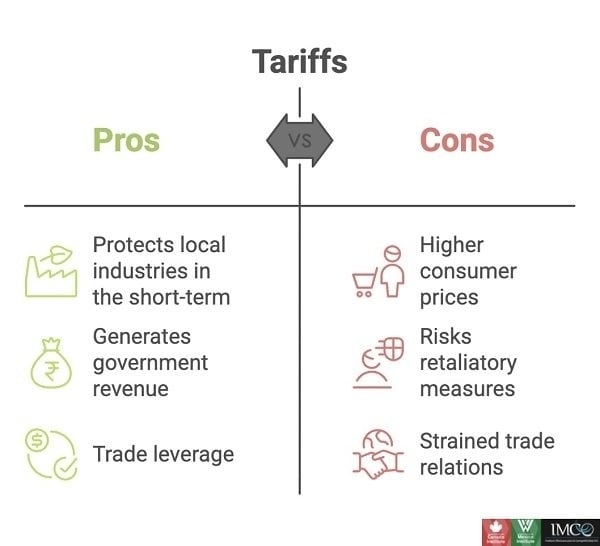Tariffs 101: How They Work And Why They Matter
Language
Reading Level
Listen to Article
Alignment

On August 7, 2025, the United States increased tariffs on products from more than 30 countries. The new taxes affect many items, including cars, electronics, and clothing. The rates vary depending on the product and the country from which it comes. For example, imports from Brazil now face a 50 percent tariff, while those from Europe will be taxed at 15 percent. Below is a breakdown of what this means and how it may impact Americans.
What are tariffs?
A tariff is a type of tax that a government charges on goods that come from other countries. The manufacturer or seller might decide to add this tax to the price of the product. This would make it more expensive for the buyer. For example, a bicycle made in Brazil that originally cost $200 could rise to $300 with a 50 percent tariff.
How have tariffs been used in the past?

Tariffs are not new. Nations have used them throughout history for different reasons. In the early years of the US, they were one of the government’s main sources of revenue. In recent years, tariffs have often been used to address specific situations. For example, in the late 2010s, the US added tariffs on many Chinese products over unfair trade practices. This includes selling goods at very low prices to beat rivals. Other countries including Canada, the European Union, and China, have done the same.
Advantages of tariffs
Supporters of tariffs say they protect local jobs and industries by making foreign products more expensive. For example, if imported shoes cost more because of tariffs, local shoemakers might sell more shoes. This would keep their workers employed. Tariffs also generate revenue that governments can use to fund public projects and services.

Disadvantages of tariffs
Critics argue that tariffs can also increase costs for local businesses that rely on imported materials or parts. This can make everyday items, such as clothing or electronics, more expensive. In addition, tariffs can cause other countries to respond with their own tariffs. This back-and-forth can lead to trade tensions that affect economic growth.
What these recent tariffs could mean for the US economy
The recent tariff increases are some of the largest imposed by the US in nearly 100 years. In the short term, they may raise prices on certain imported goods and influence trade negotiations. Over time, their impact will depend on whether they help strengthen domestic industries, lead to new trade agreements, or cause increased trade tensions. For now, businesses, consumers, and governments worldwide are watching closely to see how these changes will impact global trade.
Resources: epi.org, Vox.com, oxfordeconomics.com